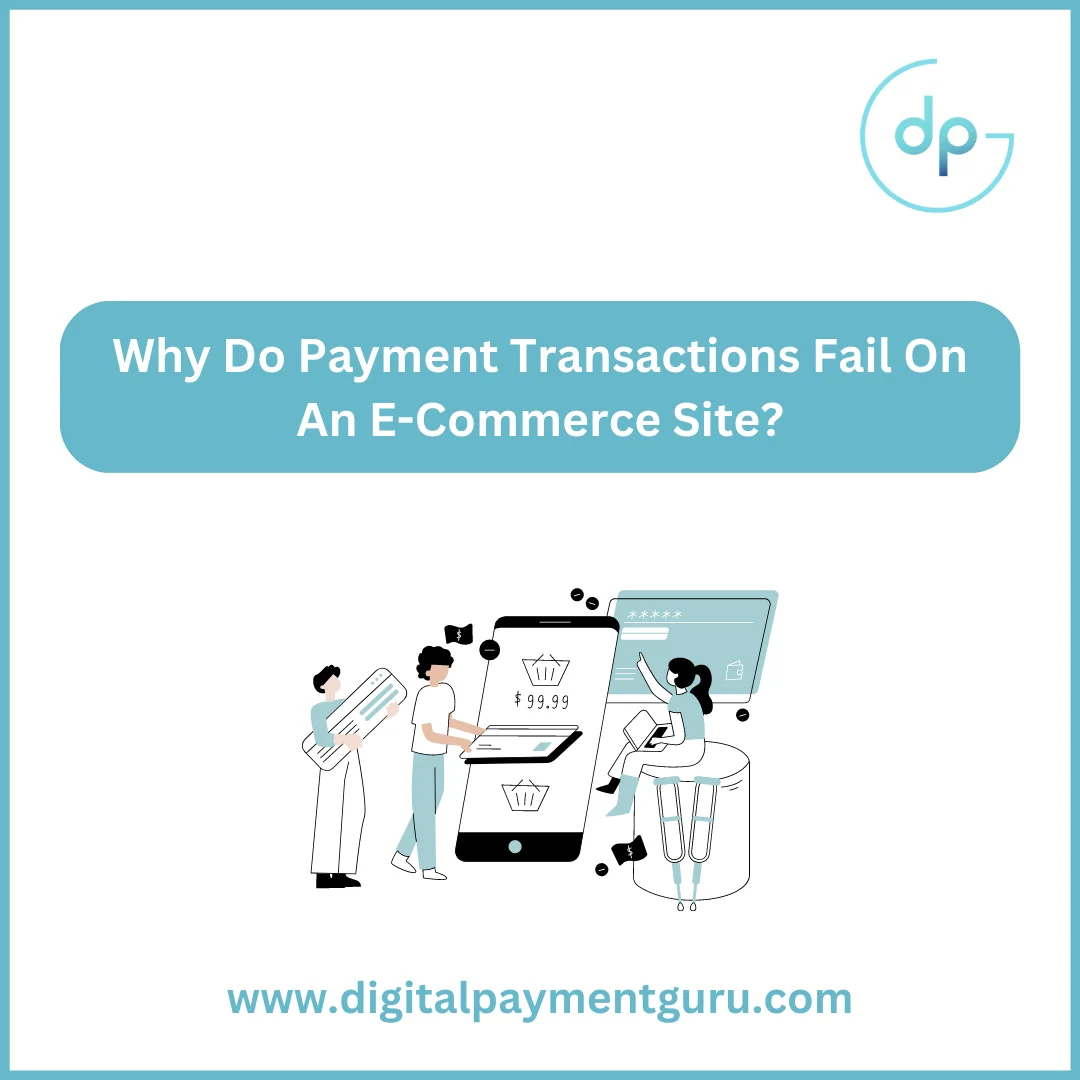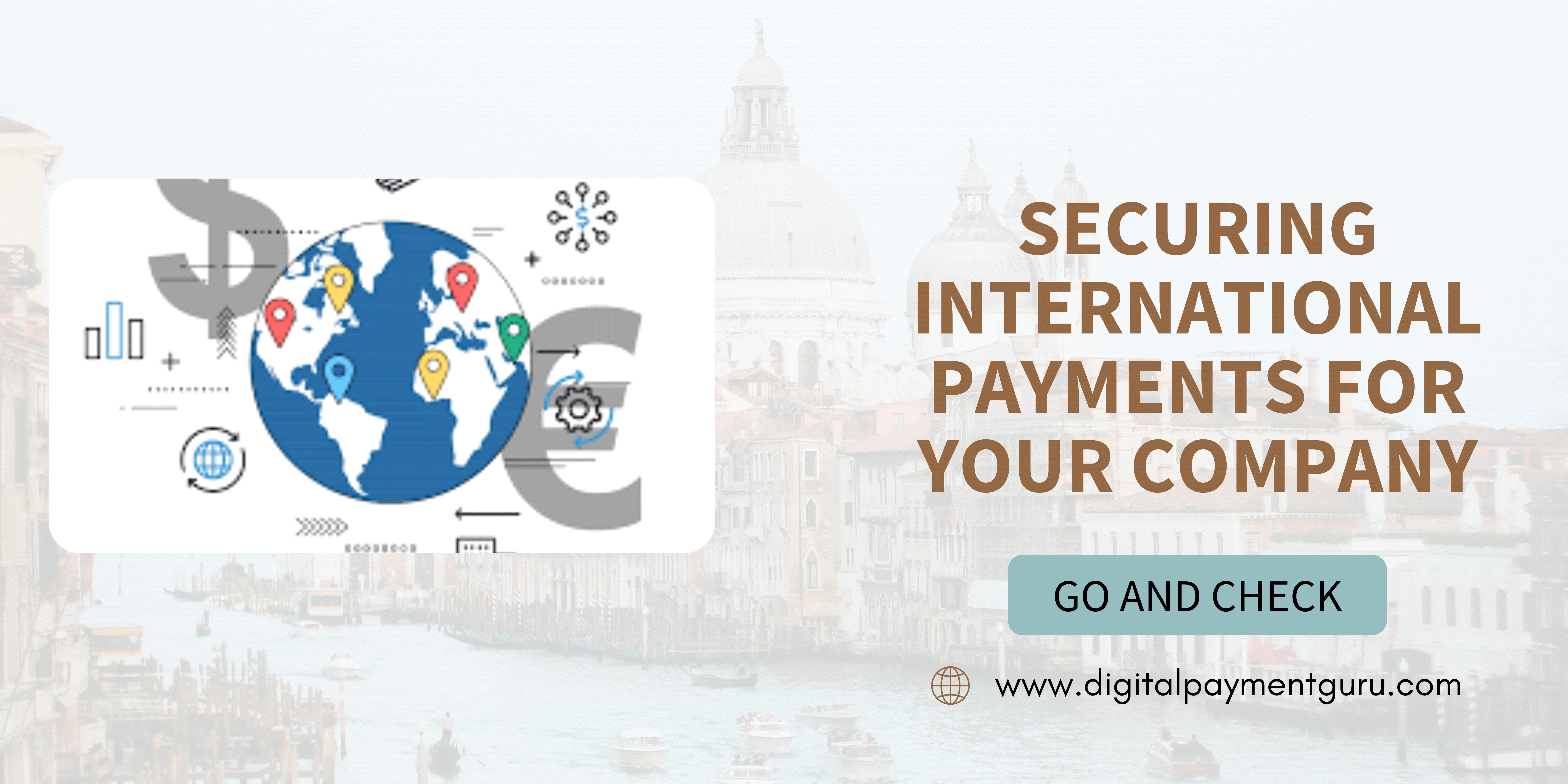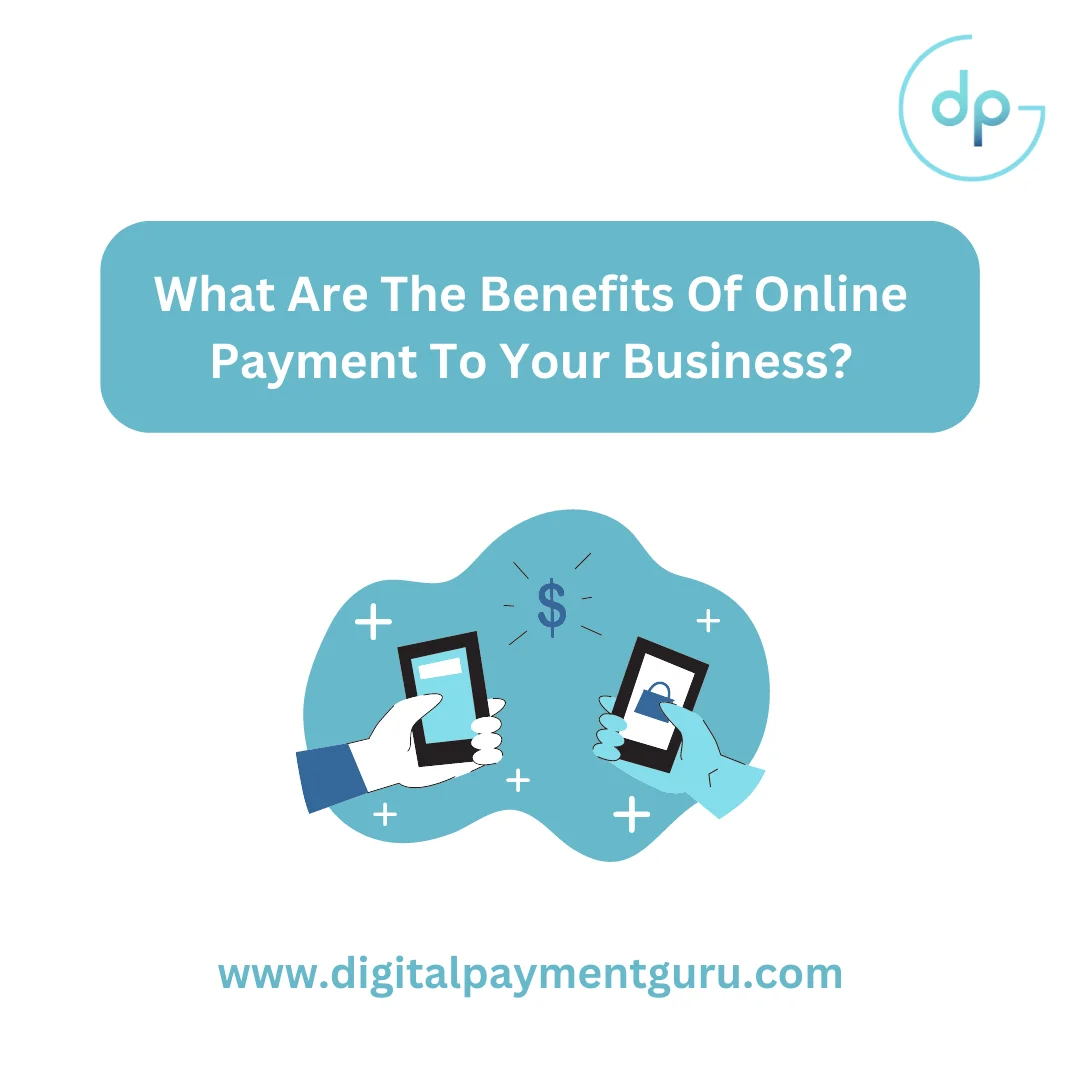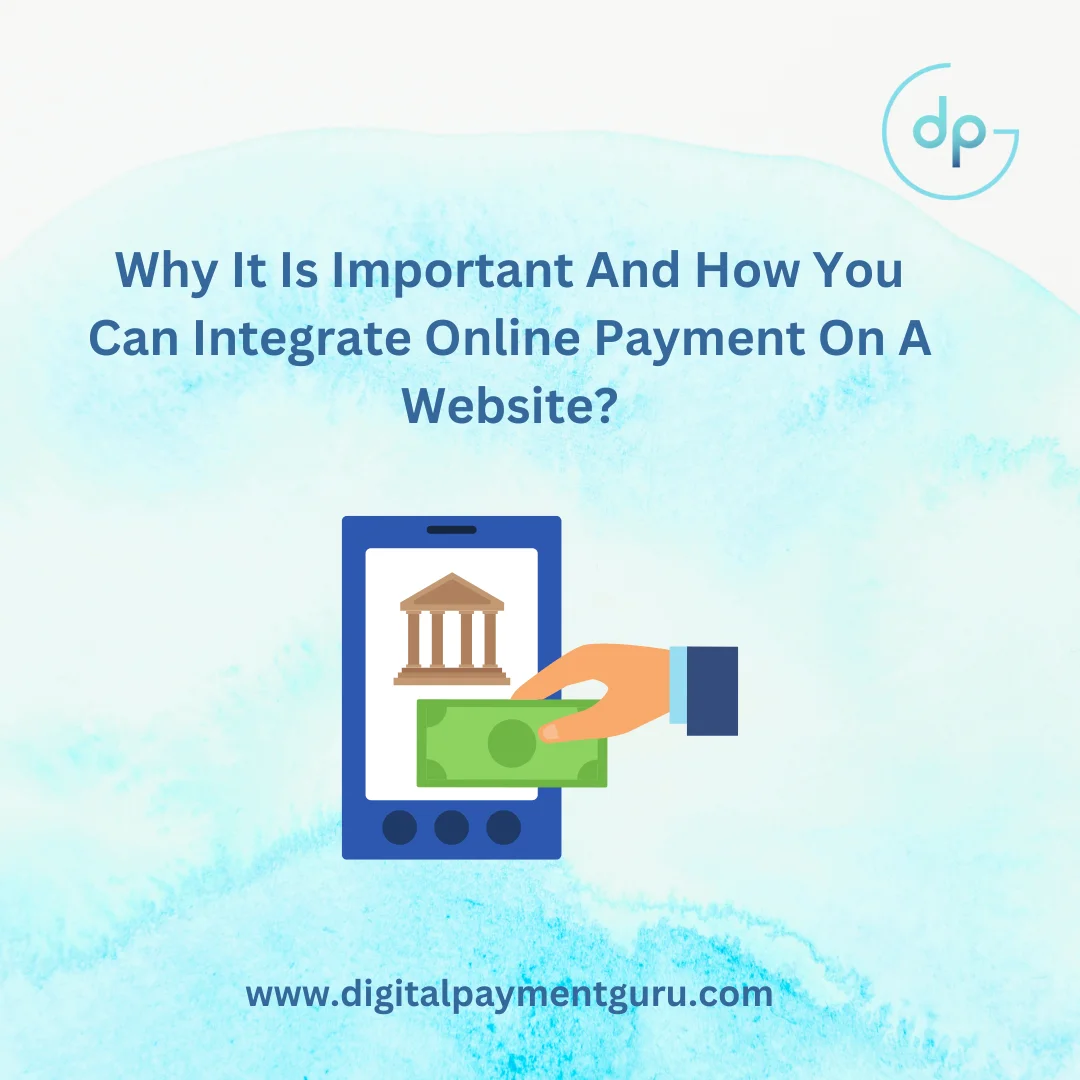Depending on the market, business sector, or geography, between 5% and 20% of payment transactions fail once a customer clicks on the “Pay” button!
This automatically means a loss of 5% to 20% of sales for the e-commerce site and therefore a significant impact on its turnover.
But how does this black box that is the payment process work? How to avoid errors? And above all, how to optimize your payment system?
The Hidden Face Of The “Pay” Button
Each country or region of the world has its cultural habits of online payment. B2B uses bank transfers more often, while B2C will approach 100% card payments.
In the scenario of payment by credit card, there are several actors:
- The customer’s Issuing Bank
- The merchant’s Acquiring Bank
- The payment Service Provider (PSP): this is the heart of the process, it manages the different means of payment, works with acquirers (sometimes their own, sometimes local) takes care of the legal authorizations… and invoices your transaction fees according to all these parameters
- And of course the customer and the merchant
A payment procedure will take place in 2 steps.
Step 1 – Authorization:
Indeed when a customer pays online, he is not automatically debited from his account, he simply requests a purchase authorization from his bank: This is the authorization process.
The PSP receives the banking information and asks the issuing bank (your customer’s bank) if they wish to accept or refuse the authorization of the transaction. The issuing bank chooses whether or not to validate a transaction. To do so, it relies on financial and risk parameters.
From a financial point of view, the issuing bank will accept the transaction if the customer can pay (customer history, money in the bank account, payment limit, etc.).
From a risk point of view, the issuing bank will accept the transaction if it considers that it is not a fraudulent transaction (MCC- Merchant Category Code, secure site, location of the site about the customer, transaction history refused). Indeed, for financial and legal reasons, banks must maintain a low level of fraud and thus reject transactions in case of doubt.
Step 2 – Payment:
It is only later (between a few hours and a few days) that the merchant will receive the amount linked to this transaction in his bank account: This is the settlement process.
The merchant, via the acquirer, will send all the authorizations previously received to the card network (Visa, Mastercard, etc.) to collect the funds from the customer’s bank and simultaneously send the funds to the e-commerce site.
The 3 Main Reasons For Payment Failures
Technical Issues
The payment process involves many intermediaries. In addition to the PSP, other sub-suppliers are involved.
To reduce these so-called technical failures, the best option is to create a more flexible payment infrastructure: In effect, you can cascade multiple PSPs to ensure that your transactions always have a working route.
For example, depending on the geographical origin, you can route the payment to the PSP most suited to the region. Similarly, you can set up a payment route to test a first generalist PSP for example (at lower costs) then test a second more local one in the event of failure (at higher costs than the first but with a higher success rate for this region). Another example you can choose to disengage the 3DS when this service is faced with downtime and thus not block all your transactions. Anticipation, auditing, and knowledge of your PSP’s routing routes will be key in resolving these issues.
Risky Trades
Payment failures following a risk assessment generally stem from a lack of trust on the part of the issuing bank (that of the customer) or the acquirer (the intermediary between the PSP and the bank). Several parameters can be taken into account to define the risk profile of a transaction: location, country of the card compared to the country of the merchant, time, amount, etc.
There are many ways to “reassure” the issuing bank. The most important thing is to send the correct information to the bank.
Each bank has its payment analysis criteria and parameters. It is up to you to adapt to facilitate the evaluation of your transactions by them.
Customer Errors (Human Errors)
Failures due to “human” errors (wrong card number, missing information field, etc.) are fairly easy to prevent and repair. This can go through UX optimizations:
- Fields in red when an incorrect or missing element
- Return to the easy banking information page
- Highlighting the error with a clear explanation
- Fields more suitable for entering card numbers
- Avoid taking the user out of the site
- A “disengageable” 3DS, if the buyer is known, if the amount is low, etc.
Financial Failures
When a payment fails due to a customer’s financial problem (ceiling too high, lack, no liquidity present on the customer’s account, etc.), it is a question of thinking about commercial solutions rather than technical ones. This can range from offering payment in installments and pushing a credit offer, but also for service offers, taking the risk of giving access to the product while trying to pay again in a few days.






